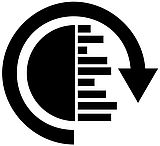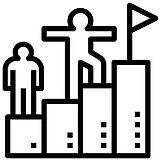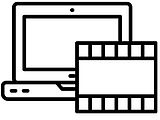Combining Innovation and Tradition

Real-Time
The massive advances in real-time graphics engines developed for the video game industry now allow us to generate special effects in real-time while on set, either to give directors a preview or to produce the final version that will appear on-screen.
This technology is well suited to hybrid movies that combine live-action techniques and CGI. The system operated by LTT is a device that provides visibility on the eventual combination of real and computer-generated images.
The real-time engine also permits testing of the virtual components of a scene during shooting.

Advantages
On set preview makes designing and shooting effects sequences easier, with numerous other advantages.
- Greater freedom in staging direction and creation.
- The possibility for the director and technicians to work in a natural way, as they would on a physical set.
- Better control of the overall image for the director of photography.
- A new mastery over digital extensions for the production designer.
- Precise recording and transfer of set information to the postproduction team.
- Better assessment and reduction of chroma keying costs.
- Improved VFX accessibility to promote creativity.
- Easy integration with physical sets.
Our goal is to facilitate the integration of this novel technology with traditional cinematic techniques in order to build constructive partnerships within the industry.

Previz On Set vs VFX On Set
Depending on the nature of the production, the system offers a wide range of possibilities, from Previz On Set (a basic preview of the final image on set) to VFX On Set (shots edited without postproduction).
The setup for VFX On Set is available for TV shows shot in HD, since the images generated by Previz On Set are output in HD 4.2.2 8-bit, precisely the format required for broadcast today.
The setup for Previz On Set does not replace postproduction, but rather allows for significant cost savings.
Not only does the system record and transmit the pre-edited images to the postproduction team, it also sends the tracking file (directly usable in the postproduction software), the virtual tracking itself, and the matte. All of these elements allow operations on the original images to be recalculated in 4.4.4, in 10-, 12-, or 16-bit, in 4K, 6K, etc…
VFX postproduction therefore becomes a simple automated rendering process.